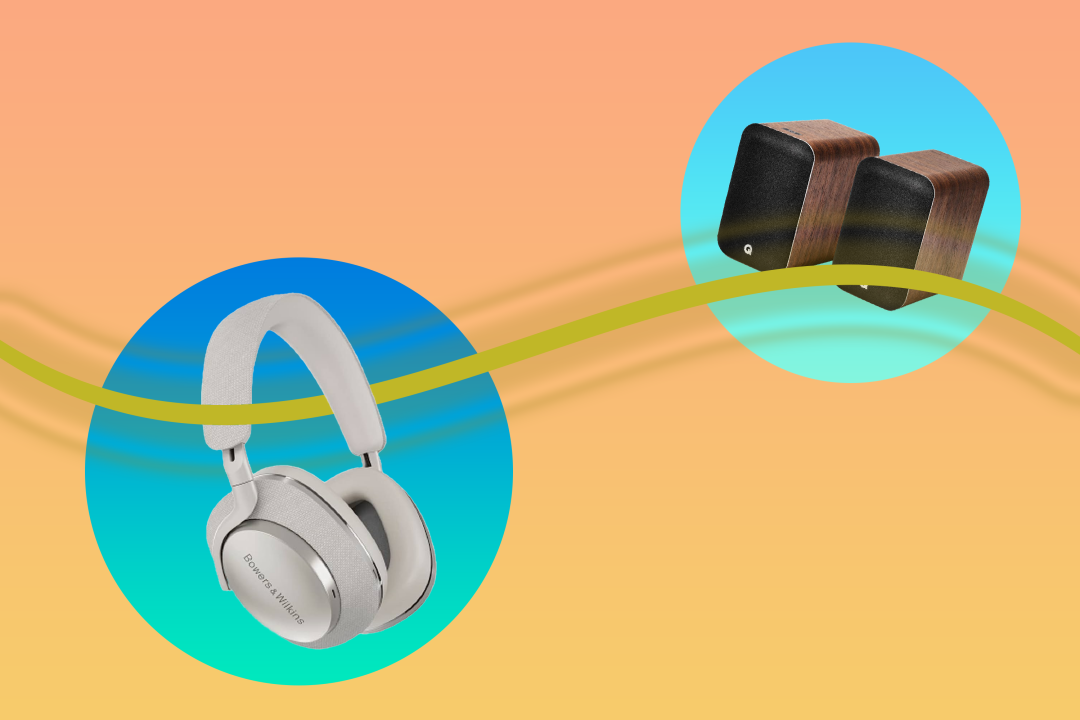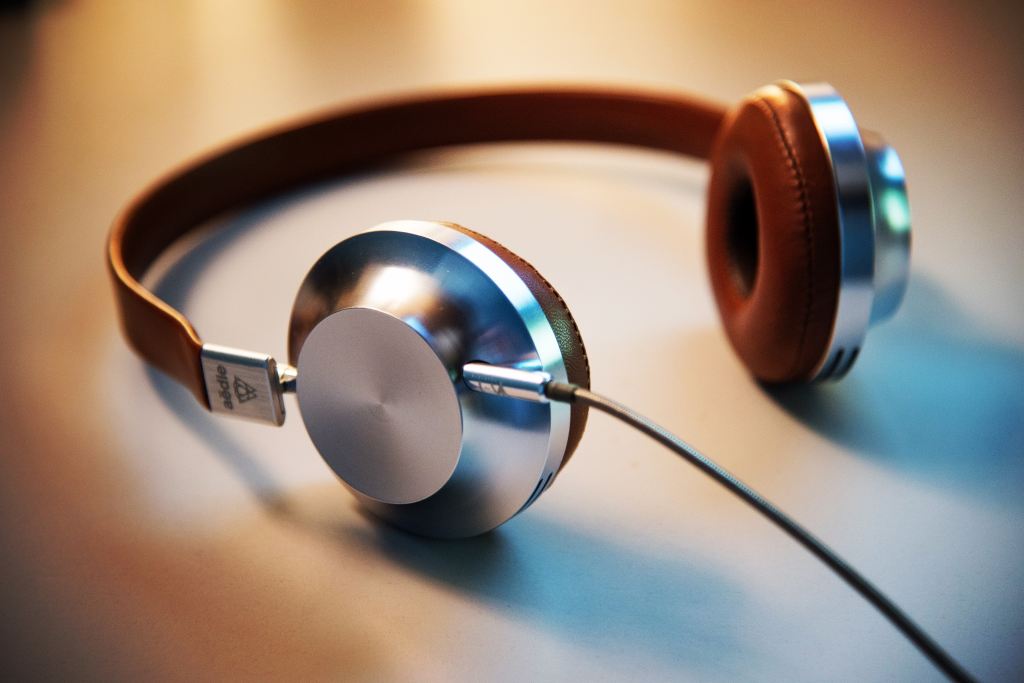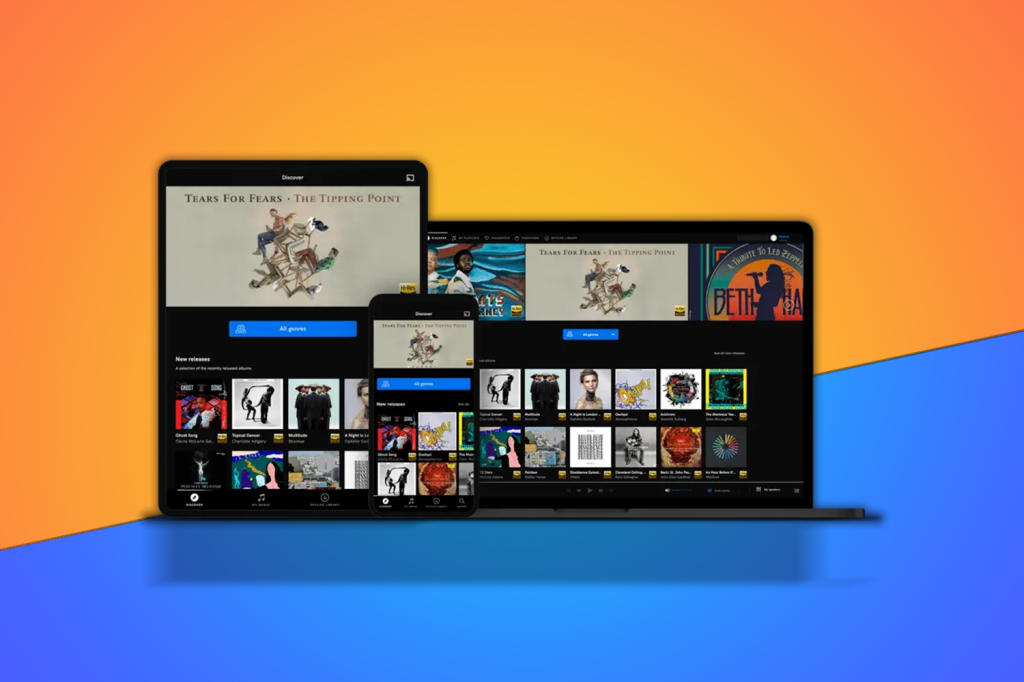What is Hi-Res audio? Higher quality digital audio explained
Hi-res quality is no longer solely the pursuit of deep pocketed audiophiles

If you think a 320kbps is a skateboard trick, then you probably need to learn a little more about hi-res audio. It’s something you should know about, though. Hi-res quality is no longer solely the pursuit of deep pocketed audiophiles anymore. Premium quality sound is now available in many of the best-wired headphones on the market, and are relatively cost effective.
Almost all the major streaming platforms, from Apple Music to Qobuz, are offering tracks in top tier quality. Spotify is the outlier, but that may be changing soon.
Put it this way. If you’ve been playing tunes through laptop speakers, experiencing hi-res audio for the first time is akin to watching colour TV after years of black and white. But what do you need to know about it? Let’s wade through the weeds for you with our explainer.
What is hi-res audio?

First, the basics. When it comes to audio, the sampling rate is measured in kHz. This refers to the frequency at which an analog sound wave is sampled per second to create a digital audio signal. Then, there’s bit depth. We’ll keep it simple, but essentially higher bit depths can capture more details about the sound wave, leading to more precise audio.
Hi-resolution audio (hi-res) has a sample rate higher than 44.1kHz, or a bit depth greater than 16-bit. Typically, these audio files have sample rates between 96 and 192kHz.
Hi-res audio can also include sample rates of 44.1 kHz/24-bit, 48 kHz/24-bit, and 88.2 kHz/24-bit. It offers a more significant sample rate and bit depth than standard audio formats such as MP3 and AAC. All you need to know however, is that the higher the kHz and bit depth, the better the sound quality.
You know how music sounds different depending on whether you’re streaming it, or listening to a CD or vinyl? Well, maybe not. But hi-res audio is like the next level up from both of those. Yes, vinyl has a certain warmth and character, but hi-res has a higher sampling frequency and bit depth, which captures more details in the sound. Of course, it also depends on what kind of music you’re listening to, and what kind of equipment you have. But more on that later.
Hi-res audio: why should I care?

Come, weary Spotify Premium account holder. There’s a world of sound to discover.
Firstly, hi-res audio delivers more detail of the recorded soundscape, as well as a broader range of frequencies. In translation, this allows for a more immersive listening experience. Hi-res audio also possesses a wider range of dynamics in music, and can pick out the subtle nuances of a guitar lick or the pounding bass of a drum solo. It’ll certainly give a boost to Apple Music’s spatial audio offerings.
Better sound stage
Hi-res possesses a broader soundstage, which relates to the perceived width and depth of the sound field. A superior soundstage creates the impression that the sound comes from a broader and more expansive space, rather than just within your head. This enhances the listening experience by making it more immersive and lifelike for the listener.
Increased clarity and separation
Having a clear and distinct audio output allows each sound element to be easily distinguishable, and there are a few reasons why this is a good thing. Firstly, it enhances the clarity of lyrics in a song, or dialogue in a movie. It also creates a more immersive and realistic sound experience, and accentuates the various instruments and vocals in a music mix.
Improved bass response
Finally, enhanced bass response is a term used to describe audio systems that can produce deeper and richer bass tones. This is preferred by many listeners.
Hi-res audio vs. lossless
When delving deeper into hi-res audio, you’ll probably see the word ‘lossless’ banded around. Hi-res and lossless are often used interchangeably, but so have distinct meanings.
Lossless audio refers to audio files that have not been compressed in a way that reduces their quality. This means the file retains the original sound wave without losing data. Although lossless files are typically larger than lossy ones, they offer superior quality.
On the other hand, hi-res audio has a higher sampling rate and bit depth than standard CD-quality audio. The sampling rate refers to how often a sound wave is sampled per second, while the bit depth refers to the number of bits used to represent each sample.
In summary, lossless audio preserves the original sound wave, while hi-res audio enhances the detail and resolution of the sound wave.
Can I stream in hi-res?

At the time of writing, four streaming services provide hi-res audio support, with potentially another one to follow suit soon. Tidal, Qobuz, Amazon Music, and Apple Music have all introduced hi-res streaming tiers, while Spotify has pledged to offer this feature (one day).
Qobuz
This streaming service was the first to offer hi-res audio. It still provides an exceptional-sounding service, which has become more affordable in recent years to stay competitive with other hi-res streaming services. The Sublime package lets you stream and collect your favorite albums, while the Studio plan only includes streaming.
Qobuz also offers a streaming-only subscription tier, as well as a pretty unique subscription that includes a 60% discount on downloads from its online store.
Tidal
Many music enthusiasts consider Tidal as a strong rival to Qobuz, given that it was the second to offer hi-res audio streaming. Tidal has incorporated MQA (Master Quality Authenticated) technology to develop its high-resolution ‘Tidal Master’ streams, and has successfully established a reputation for it.
Tidal’s membership options are now segmented into two main categories: HiFi, which exclusively supports CD-quality 16-bit streams, and HiFi Plus, which offers hi-res 24-bit streams, along with Dolby Atmos and Sony 360 Reality support.
Apple Music and Amazon Music
The second largest streaming service in the world, Apple Music, first introduced hi-res audio streams in 2021. It was a significant move since Apple isn’t charging extra for better audio, including spatial audio, when available. Amazon Music soon followed and also launched a hi-res audio tier and spatial audio.
What about Spotify?
Spotify, the largest music streaming platform, is currently testing a hi-res audio service. At the moment, Spotify HiFi is rumoured to be undergoing beta testing, but isn’t accessible to anyone outside of the company just yet.
Recommended: Best home theater kit 2023: all our buying guides in one place